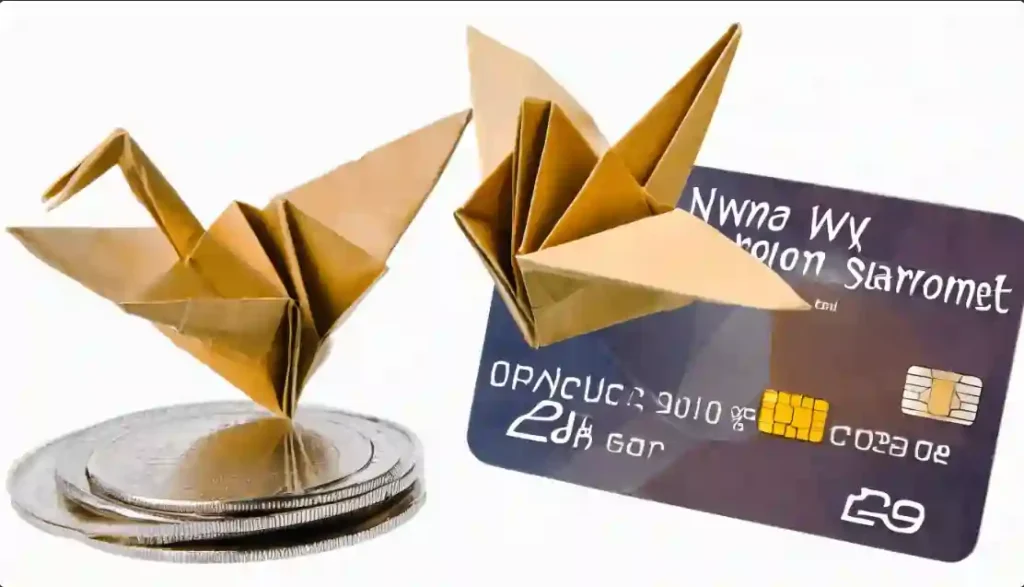Credit Card Usage below 30%: Because they are so convenient and flexible, credit cards are now an essential part of all modern financial transactions. But in order to keep your credit record intact, you must use credit cards properly. A crucial recommendation that financial advisors frequently stress is to use credit cards for no more than 30% of your available credit limit. We will examine the justification for this recommendation and the different aspects of credit consumption in this post.
Introduction
Credit cards are useful instruments in the world of finance that, with proper use, can help establish a good credit history. However, your credit score and your financial well-being can be greatly impacted by how you use your credit cards. Reducing the credit utilization ratio to less than 30% is an essential part of using credit cards responsibly.
Understanding Credit Utilization Ratio
It’s critical to understand the definition and calculation of the credit utilization ratio before delving into the 30% guideline. The percentage of your credit card balance that is applied to your credit limit is known as the credit utilization ratio. Credit scoring models take this ratio into account as a critical component.
The 30% Rule Explained
It’s common advice from financial gurus to use your credit card no more than 30% of your available credit. This recommendation is based on the effect that credit utilization has on credit ratings, thus it is not arbitrary. Overcoming this limit may have a detrimental impact on your credit report.
Utilizing an excessive amount of your credit limit could indicate that you are overspending and exceeding your means. In general, a lower loan use rate is preferable.
Credit Card Usage below 30%
Maintaining credit card usage below 30% of your available credit limit is a crucial financial strategy for a healthy credit record. This recommended threshold not only promotes responsible financial behavior but also helps you manage your credit effectively.
By staying below this percentage, you demonstrate to creditors that you can responsibly handle credit, which can positively impact your credit score.
This practice of maintaining Credit Card Usage below 30% allows for flexibility in managing your finances while avoiding the potential pitfalls of high credit utilization, ensuring a more secure and stable financial future.
Impact of Credit Score
Numerous things affect your credit score, which is a numerical assessment of your creditworthiness. One important factor is credit use, which might drop your credit score if you use more credit than the allotted 30%. For creditors, a greater credit usage ratio might be an indication of an increased default risk.
Credit Utilization and Financial Health
Keeping your credit card usage below 30% shows your general financial health in addition to your credit score. It demonstrates good money management and affects your eligibility for loans with advantageous terms, such as lower interest rates.

Credit Utilization Strategies
To follow the 30% rule, think about putting useful tactics into practice. You may help maintain your credit usage within the suggested level by paying your bills on time, keeping an eye on your credit card balances, and practicing responsible spending.
Effects on Debt Management
Credit use contributes to debt management in addition to having an effect on credit scores. Carrying large credit card debt might put you in a difficult financial position and make it difficult to reach other financial objectives. Effective debt management is supported when credit card usage is kept below 30%. Hence it is one of the reasons for keeping Credit Card usage below 30%.
The Domino Effect: High Utilization and Interest Rates
Excessive credit card usage can trigger a domino effect, leading to higher interest rates. When creditors perceive increased risk due to high credit utilization, they might raise interest rates, making it more challenging to pay off balances. This, in turn, can create a cycle of increasing debt.
Credit Utilization and Major Life Events
Major life events, such as buying a home or starting a family, often involve significant financial commitments. Understanding how these events impact your credit utilization and planning accordingly is vital. Balancing financial goals while keeping credit utilization in check requires strategic planning.
Credit Card Benefits Beyond 30%
Using credit cards responsibly not only entails following the rules but also enables a number of advantages. Rewards, cashback, and other benefits are frequently offered with credit cards, which can improve your financial experience. Manage your credit use to get the most out of these advantages.

Credit Limit Increase Considerations
Even while keeping your credit use ratio low is crucial, take into account the variables that affect credit limit rises. If you maintain discipline in your spending, having a greater credit limit might have a good effect on your credit use ratio.
Common Mistakes to Avoid
In order to prevent negative outcomes, it is important to understand the potential risks associated with surpassing the 30% barrier. Avoiding frequent mistakes is essential to financial well-being, since they can result in greater interest payments and potentially harm one’s credit score.
Keeping an eye on and modifying credit card usage
You can see patterns in your spending and make any corrections by routinely going over your credit card statements. By taking this proactive stance, you may be sure that you maintain the suggested credit usage ratio.
Case Studies
Analyzing actual cases of people who successfully control their credit card use yields insightful information. You might gain useful advice for keeping a balanced approach to credit management by studying this study.
Planning Your Finances and Using Credit
It is imperative that you integrate credit consumption into your overall financial planning. Budgeting with your credit card usage in mind keeps you from going overboard and helps you balance safe credit management with your financial objectives.
Credit Education and Awareness
A key factor in encouraging proper credit card use is education. Resources can enable people to make knowledgeable decisions about their credit, such as internet resources and financial literacy classes. Learn more about why to keep Credit Card Usage below 30%.
Summary
Essentially, credit cards usage below 30% of your available credit is a smart way to manage your money, not just a recommendation. Every facet adds to an in-depth understanding of credit health, from appreciating the complexity of credit utilization to navigating the psychology of spending. You may create the foundation for a secure and productive financial future by implementing these ideas into your daily financial practices.
Overall, a key strategy for maintaining a positive credit profile and general financial well-being is to use credit cards no more than 30% of the available credit limit. People can successfully navigate the credit landscape by being informed, using practical techniques, and understanding the effects of credit consumption.
FAQ (Frequently Asked Questions)
Both are important. While a lower percentage is crucial for credit scoring, maintaining a reasonable dollar amount on your credit card balances also signals financial stability.
High credit utilization can negatively affect new credit card applications, as it may indicate a higher risk to potential creditors.
If you find yourself consistently exceeding the 30% limit, reassess your budget, identify unnecessary expenses, and consider debt repayment strategies. Seeking financial advice may also be beneficial.
Paying off balances in full is a positive financial habit and can contribute to a healthy credit score. However, the impact on credit utilization depends on when your credit card company reports balances to credit bureaus.
Yes, other strategies include making timely payments, diversifying your credit mix, and addressing any errors on your credit report. Regularly monitoring your credit and addressing issues promptly is key.
To reduce credit card balances, consider creating a budget, prioritizing high-interest debts, and exploring debt repayment strategies. Seeking professional advice may also be beneficial.

1 comment
[…] about Credit Utilization Ratio for a moment and think about your credit score. Have you ever had the feeling that your credit […]